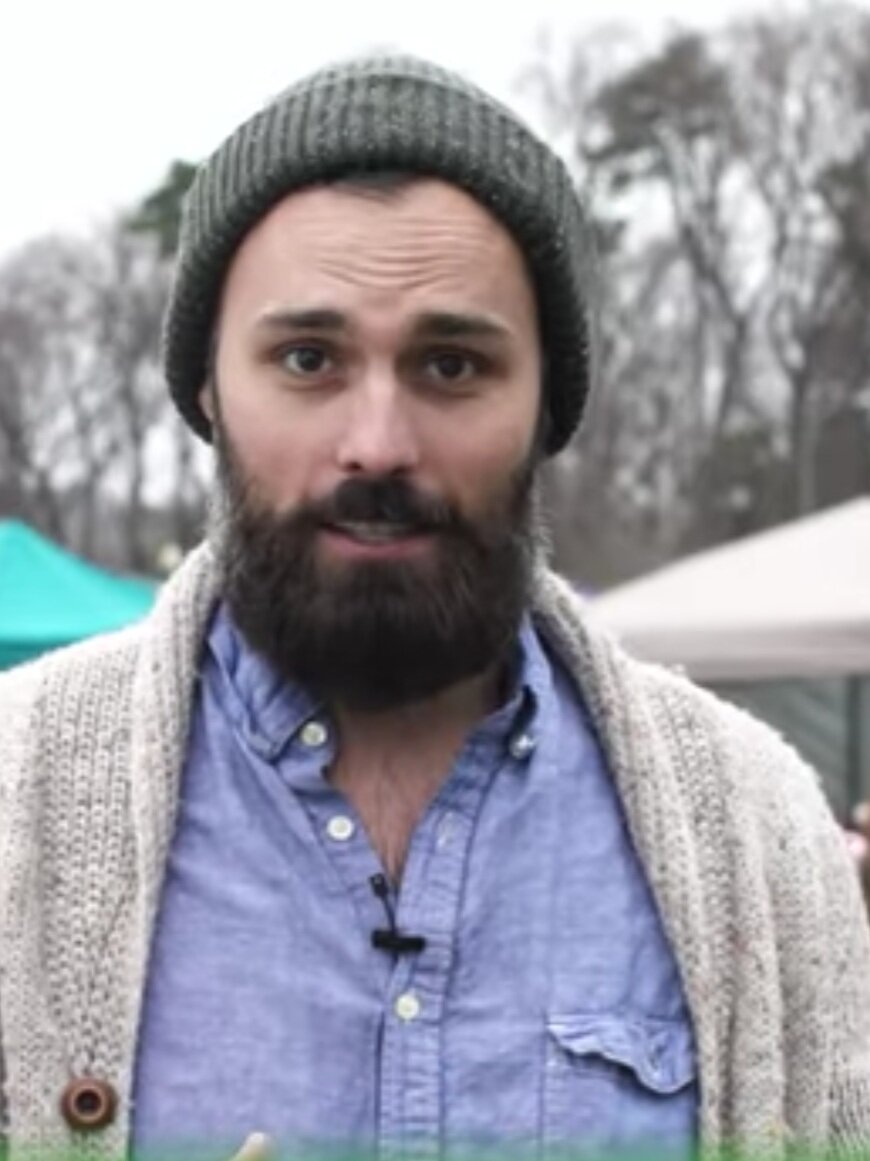Why does Zero Waste get Zero Attention?
I’m preparing for a Sustainable Cooking Workshop with Conservation Nebraska on Wednesday, February 24. The cheffing will be commandeered by our favorite volunteer No Waste Chef, Scott Quinn from Duchesne Academy. He is a master at creative cooking that maximizes flavor and minimizes waste. He’ll be cooking Cauliflower Tacos and homemade Tortillas. You can cook alongside him by clicking this link. The focus is on sustainable, low cost DIY zero waste cooking. Our partner, Conservation Nebraska will highlight the importance of giving food back to the earth through composting. In addition to the culinary expertise, NMEP will discuss Zero Waste.
When we opened our Food Hub in Florence, we were dedicated to Zero Waste. We enlisted the help of Hillside Solutions for our implementation. It seemed easy enough, four different types of canisters for different types of trash. We focused on paper, mixed (cans, plastic and non-food paper), landfill and energy bag (soft plastics, styrofoam and plastic utensils).
It wasn’t simple. People are well-intentioned but they’d stand hovering over the 4 options unsure of where to toss their refuse. Usually, they’d toss it in the landfill canister or pull a wish-recycling move - “tossing questionable items in the recycling bin, hoping they can be recycled.” This was a term I learned from Brent Crampton at Hillside Solutions.
I checked in with him this week to learn the best way to introduce Zero Waste. Brent led with: “Zero waste is inevitable.
Creatures in the wild live a zero waste lifestyle.” I remembered seeing some birdies outside my lauoffice, building their nest. They pick up dead branches and twigs to construct their nest.
Then I thought about the farm animals I grew up with on our farm. The only waste they created, we scooped up and spread on our field. I never saw candy wrappers or coffee cups around their environments. How can humans acclimate to this model?
Brent said that solid waste is the gateway to Zero Waste. The average American produces 4.3 pounds of trash a day. Are people aware that they are actively creating waste? Probably not. If they are, what’s the best way for them to get started making less waste? Most people are aware of recycling, so it’s a great place to start the journey. From recycling, the move to reduce, reuse and recycle is the next logical step. Brent explained that recycling a compostable coffee cup is great, but what about using a mason jar instead? There’s no need to chop down the tree, to use energy to manufacture the cup or ship it plus no energy needed to compost it down.
Introducing people to their own Zero Waste journey seems simple enough. As with all journeys, it is the first step that is the hardest. So, is this why Zero Waste gets zero attention? I don’t think so, I think it’s a combination of not knowing exactly what to do when facing different colored trash cans and the ease of just tossing things out of site. As a teacher in Colorado Springs, we were studying inventors. I wanted to invent a system that everytime someone’s trash was picked up, they were given a picture of where that trash had been dumped. I thought seeing burgeoning landfills could persuade something to think differently about the trash they tossed. That was one step in my journey. Now, to share with others how to start their zero waste journey mimicking the model from the creatures around us.

